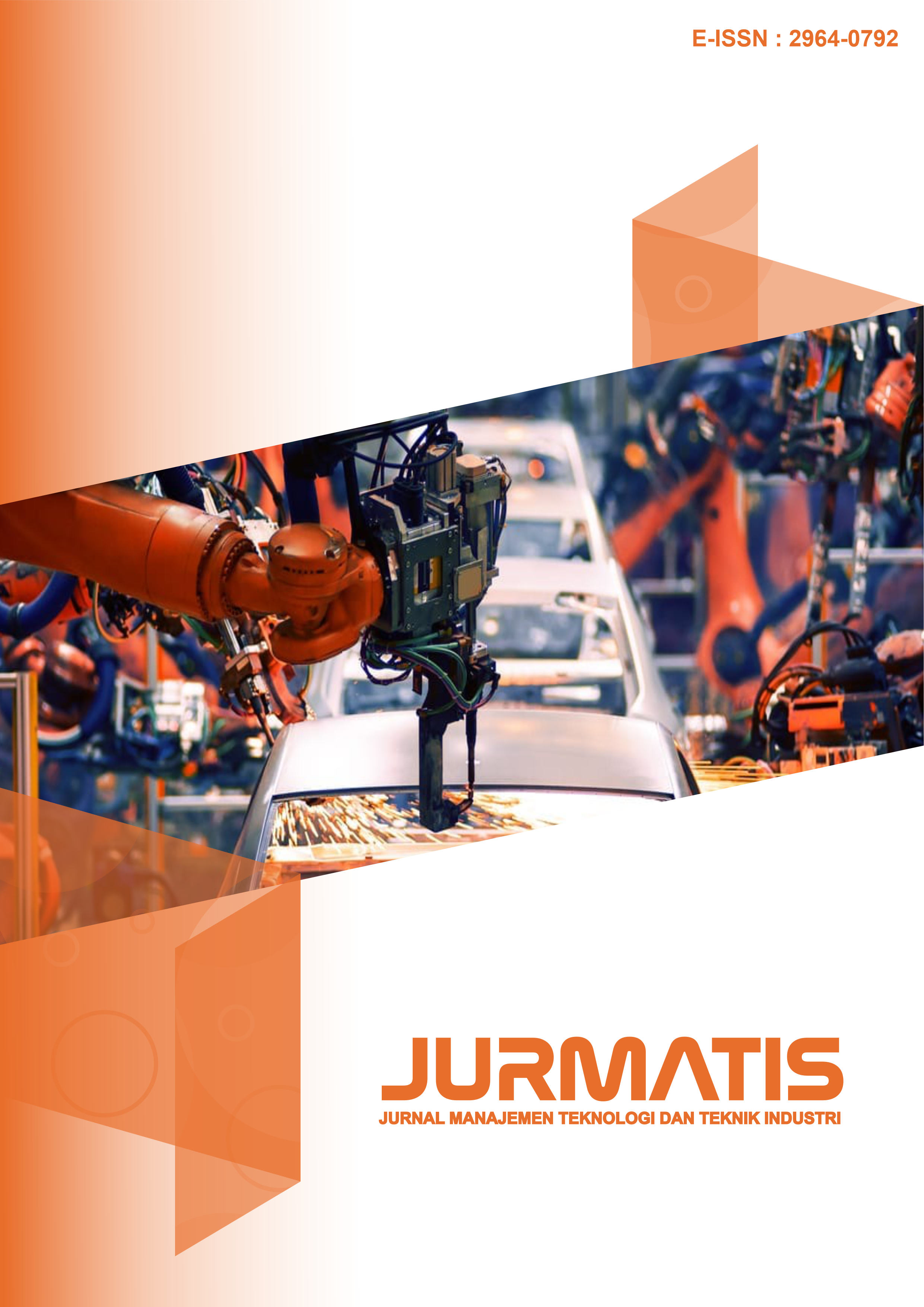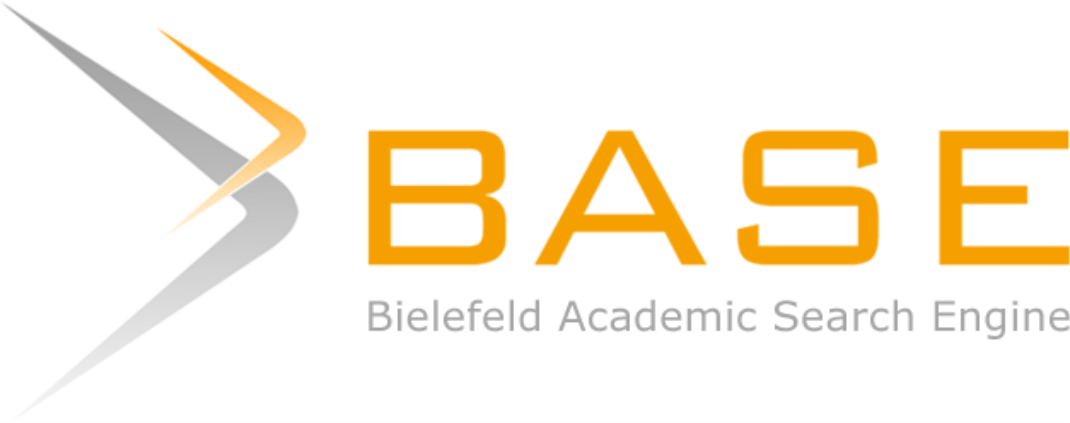ANALISIS RESIKO KESEHATAN DAN KESELAMATAN KERJA PADA PG. PESANTREN BARU MENGGUNAKAN METODE HAZOP
DOI:
https://doi.org/10.30737/jurmatis.v2i1.858Keywords:
HAZOP (Hazard and Operability Study ), Job Safety, RiskAbstract
PG PESANTREN BARU is a company engaged in the manufacturing industry which began operating on July 19, 1978 with a capacity of 4,000 tons of sugar cane per day. Negligence in operating the machine in addition to causing disruption in the production process, can also endanger workers. The problem formula of this research is where it relates to the fundamental issues regarding Boiler stations, and how to minimize the risk of work accidents at Boiler stations using the HAZOP method, while the purpose of this study is to find hazard resources at Boiler stations, and minimize the use of work accidents at the Boiler station using the HAZOP method. The results of K3 research at the boiler station using the hazop method, have found 31 potential hazards which are then classified into 5 sources of hazards that have been identified at the boiler station. From the results of the risk assessment, there are 3 sources of danger that have extreme risks associated with the attitude of workers, floors, and kitchen boiler rooms, then 1 source of danger that has a higher risk on the stairs and 1 source of danger that has a risk of being exposed to oil spills .
Â
Keywords : Job Safety, Risk, HAZOP ( Hazard and Operability Study )
Â
PG PESANTREN BARU merupakan sebuah perusahaan yang bergerak dalam bidang industri pembuatan gula yang mulai beroperasi pada tanggal 19 Juli 1978 dengan kapasitas giling 4.000 ton tebu perhari. Kelalaian dalam mengoperasikan mesin selain akan menyebabkan proses produksi terganggu, juga dapat membahayakan pekerja. Rumuan masalah penelitian ini adalah dimanakah letak resiko tertinggi sumber bahaya pada stasiun Boiler, dan bagaimana cara meminimalisir resiko terjadinya kecelakaan kerja pada stasiun Boiler dengan menggunakan metode HAZOP, Sedangkan tujuan dari penelitian ini adalah untuk mengetahui potensi sumber bahaya tertinggi pada stasiun Boiler, dan meminimalisir terjadinya kecelakaan kerja pada stasiun Boiler dengan menggunakan metode HAZOP. Hasil dari penelitian K3 di stasiun boiler menggunakan metode hazop, telah ditemukan 31 potensi bahaya yang kemudian digolongkan menjadi 5 sumber bahaya yang sudah teridentifikasi pada stasiun boiler. Dari hasil penilaian resiko, maka terdapat 3 sumber bahaya yang memiliki resiko ekstrem yang meliputi sikap pekerja, lantai, dan ruang dapur boiler, kemudian 1 sumber bahaya yang memiliki resiko tinggi terletak pada tangga dan 1 sumber bahaya yang memiliki resiko sedang yaitu pada tumpahan oli.
Â
Kata Kunci : Keselamatan Kerja, Resiko, HAZOP ( Hazard and Operability Study )
Â
References
A. P. M. dan A. Waris, “Effect of Training, Competence and Discipline on Employee Performance in Company (Case Study in PT. Asuransi Bangun Askrida),†Procedia - Soc. Behav. Sci., 2015.
R. A. Simanjuntak and R. Abdullah, “Tinjauan Sistem dan Kinerja Manajemen Keselamatan & Kesehatan Kerja Tambang Bawah Tanah CV. Tahiti Coal, Talawi, Sawahlunto, Sumatera Barat,†J. Bina Tambang, 2017.
S. Rahayuningsih and J. A. Pradana, “Identifikasi Penerapan Dan Pemahaman Kesehatan Dan Keselamatan Kerja Dengan Metode Hazard And Operability Study (Hazop) Pada UMKM Eka Jaya,†JATI UNIK J. Ilm. Tek. dan Manaj. Ind., vol. 2, no. 1, p. 20, 2019.
P. Baybutt, “A critique of the Hazard and Operability (HAZOP) study,†J. Loss Prev. Process Ind., 2015.
D. Komarudin, W. S. Kuswana, and R. A. Noor, “Kesehatan Dan Keselamatan Kerja Di SMK,†J. Mech. Eng. Educ., 2016.
Tarwaka, Ergonomi Industri, Dasar-dasar Pengetahuan dan Aplikasi di Tempat Kerja. Edisi Ke-2. 2015.
E. Rudyarti, “Hubungan Pengetahuan Keselamatan Dan Kesehatan Kerja Dan Sikap Penggunaan Alat Pelindung Diri Dengan Kejadian Kecelakaan Kerja Pada Pengrajin Pisau Batik Di Pt. X,†J. Kesehat. Masy., 2017.
M. Z. A. Rizqiansyah, F. Hanurawan, and N. Setiyowati, Hubungan Antara Beban Kerja Fisik Dan Beban Kerja Mental Berbasis Ergonomi Terhadap Tingkat Kejenuhan Kerja Pada Karyawan Pt Jasa Marga (Persero) Tbk Cabang Surabaya Gempol. 2017.
B. R. Kani, R. J. M. Mandagi, J. P. Rantung, and G. Y. Malingkas, “Keselamatan Dan Kesehatan Kerja Pada Pelaksanaan Proyek Konstruksi (Studi Kasus: Proyek Pt. Trakindo Utama),†J. Sipil Statik, 2013.
F. Pangkey, G. Y. Malingkas, and D. O. R. Walangitan, “Penerapan Sistem Manajemen Keselamatan Dan Kesehatan Kerja (Smk3) Pada Proyek Konstruksi Di Indonesia (Studi Kasus: Pembangunan Jembatan Dr. Ir. Soekarno-Manado),†J. Ilm. MEDIA Eng., 2012.
A. K. Hua, “Pengenalan Rangkakerja Metodologi dalam Kajian Penyelidikan : Satu Kajian Kes Abstrak Introduction to Metodology Framework in Research Study : A Case Study Abstract Pengenalan,†Malaysian J. Soc. Sci. Humanit., 2016.
Sugiyono, “Metode Penelitian Kombinasi (Mixed Methods),†Bandung Alf., 2010.
W. Agus, “Analisis Kesehatan dan Keselamatan Kerja Dengan Metode Hazard And Operability (HAZOP) Di Bengkel Dan Laboratorium Teknik Instalasi Tenaga Listrik SMK N 2 Wonosari 2017,†Pendidik. Tek. Elektro Fak. Tek. Univ. Negeri Yogyakarta 2017, 2017.
S. O. D. Ningsih and S. W. Hati, “Analisis Resiko Keselamatan Dan Kesehatan Kerja (K3) Dengan Menggunakan Metode Hazard And Operability Study (Hazop) Pada Bagian Hydrotest Manual Di Pt. Cladtek Bi Metal Manufacturing,†J. Appl. Bus. Adm., 2019.
Downloads
Published
How to Cite
Issue
Section
License
Authors who publish with this journal agree to the following terms:
(1) The copyright of published articles will be transferred to the journal as the publisher of the manuscript. Therefore, the author needs to confirm that the copyright has been managed by the publisher with the Publication Right Form which must be attached when submitting the article.
(2) Publisher of JURMATIS is Kadiri University.
(3) The copyright follows Creative Commons Attribution“ShareAlike License (CC BY SA): This license allows to Share copy and redistribute the material in any medium or format, Adapt remix, transform, and build upon the material, for any purpose, even commercially.



















